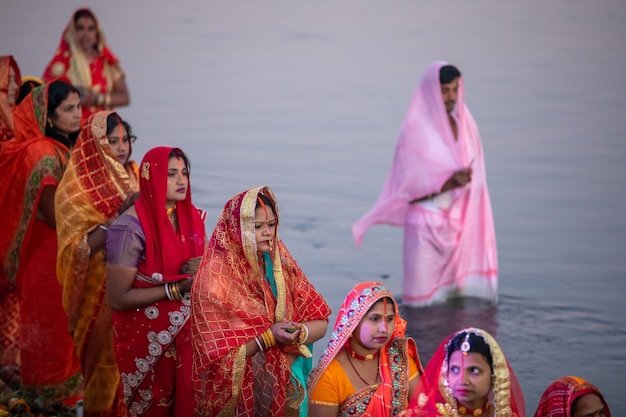
Kathmandu, the capital city of Nepal in Central Asia, sits at an elevation of 1,302 meters in a valley along the southern slopes of the Himalayas. The city is flanked by the Bagmati and Vishnumati rivers.
Kathmandu has a rich history, founded by King Guna Kamadeva in 723 AD. According to legends, the area was once a lake until a Buddhist monk created the Chobar Gorge, allowing the water to flow out. Today, the valley is home to over a hundred ethnic groups living harmoniously. The city showcases a multitude of faiths, primarily Hinduism, Buddhism, and Islam, living together peacefully. This cultural blend made Kathmandu a popular destination for hippies in the 60s and 70s, particularly in the area known as Freak Street.
A great starting point for a visit is Durbar Square, the oldest part of the city, dating back to the seventeenth century. Here, you’ll find numerous Hindu temples, including the palace of the Kumari. Visitors are not allowed inside the palace, but if you’re fortunate, you might catch a glimpse of the Kumari, a young girl chosen as the incarnation of the goddess. According to tradition, a smile or glance from her is believed to bring happiness and prosperity. Durbar Square also houses the former Royal Palace, Hanuman Dhoka, a stunning example of traditional Nepalese architecture. This large complex has been open to visitors since it was damaged by an earthquake in 1934.
The western section of the Royal Palace is now a museum dedicated to King Tribhuvan’s coup, which set the foundation for the Rana dynasty. The museum features personal items of the king such as photographs, furniture, and precious gifts. Don’t miss visiting the Hindu temple of Pashupatinath, dedicated to Shiva, and the striking Boudhanath Stupa, a revered Buddhist site adorned with the eyes of Buddha.
Another significant place to visit is the banks of the sacred Bagmati River, where you might witness a traditional funeral ceremony. The ritual involves cremating the body on a pyre and spreading the ashes in the river. As this is a solemn and traditional custom, it’s important to be respectful and refrain from taking photographs.